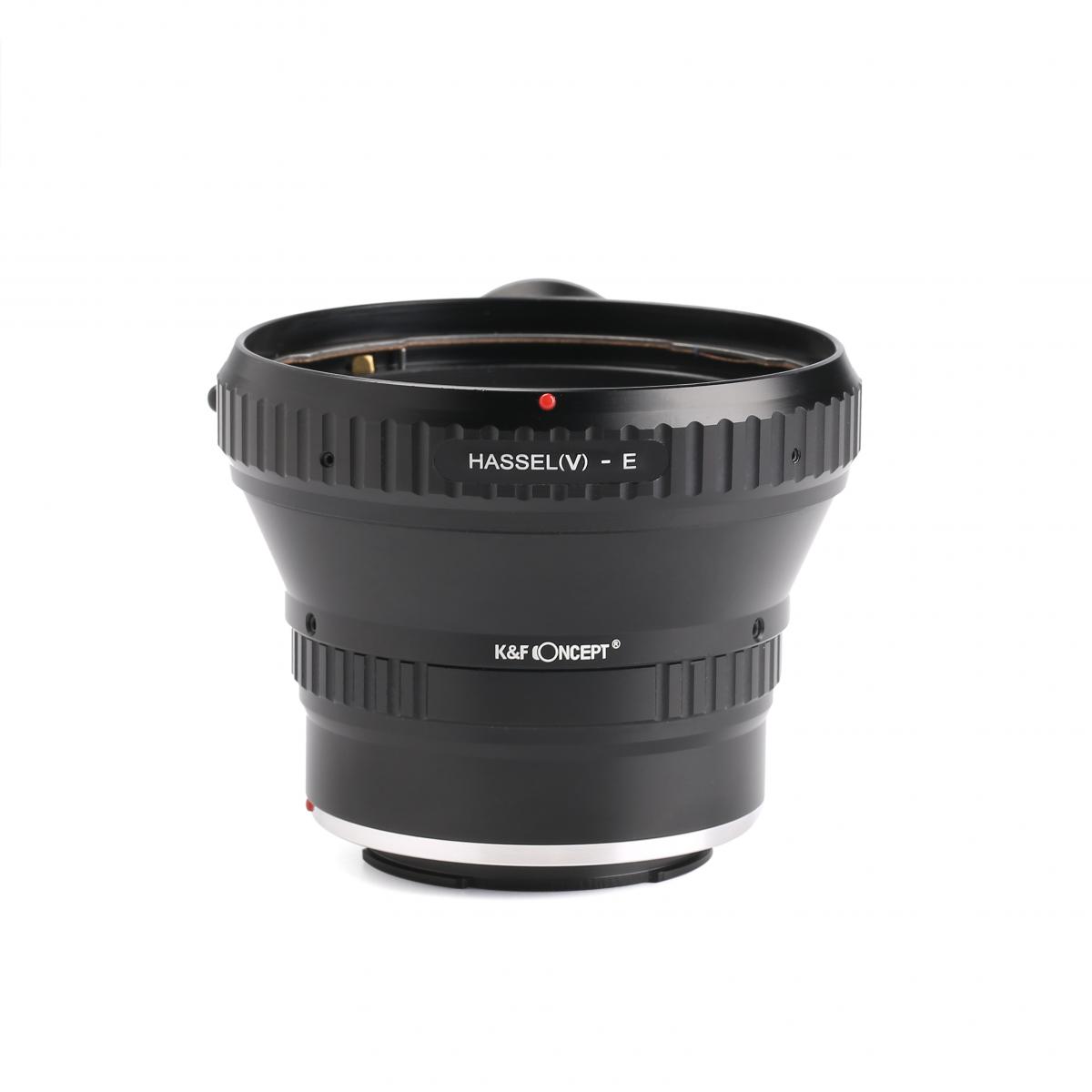I am sure that most of us have some DIY projects completed, on-going or planned. From simple adjustments and workarounds to advanced builds, let's share our ideas in this thread!
Here is my current simple project that I had in mind for a couple of months but have only just recently completed: a slimmed down version of a Sinar P3 for outdoor projects.
There used to be a SInar C2 that was basically a hybrid of their P2 rear standard and F2 front.
Here, I've made a Do It Yourself F3 look-alike front standard and by adding a P3 rear bearer I would have a "C3" model that never came to life.
I've used for that an F2 sinar front standard, drilled a couple of additional holes, tapped them, then used a Sinar P3 frame taken off a front P3 standard to screw it on top.
The result is a DIY Sinar F3 front standard that weights about 1kg less compared to a vanilla P3 and is quite portable.
It pairs up quite nicely with a rear P3 or P2 standard for precision movements and some freedom of front tilts and swings at a lower weight.
Of course one could just buy a Sinar F3 but it seems that those are rarer than hen's teeth - I have never seen a used one for sale and the brand new ones are available at obscene prices only.
Here are some photos:
1. A sinar F2 frame taken apart:

2. Holes drilled:

3. A sinar P3 frame screwed on:

4. An F2 front standard prepared to slide a modified frame in:

5. All done - great success!

Here is my current simple project that I had in mind for a couple of months but have only just recently completed: a slimmed down version of a Sinar P3 for outdoor projects.
There used to be a SInar C2 that was basically a hybrid of their P2 rear standard and F2 front.
Here, I've made a Do It Yourself F3 look-alike front standard and by adding a P3 rear bearer I would have a "C3" model that never came to life.
I've used for that an F2 sinar front standard, drilled a couple of additional holes, tapped them, then used a Sinar P3 frame taken off a front P3 standard to screw it on top.
The result is a DIY Sinar F3 front standard that weights about 1kg less compared to a vanilla P3 and is quite portable.
It pairs up quite nicely with a rear P3 or P2 standard for precision movements and some freedom of front tilts and swings at a lower weight.
Of course one could just buy a Sinar F3 but it seems that those are rarer than hen's teeth - I have never seen a used one for sale and the brand new ones are available at obscene prices only.
Here are some photos:
1. A sinar F2 frame taken apart:

2. Holes drilled:

3. A sinar P3 frame screwed on:

4. An F2 front standard prepared to slide a modified frame in:

5. All done - great success!

Last edited:

 Dixpan1
Dixpan1 Dixpan2
Dixpan2 Dixpan3
Dixpan3 Dixpan4
Dixpan4 Dixpan5
Dixpan5 Digital XPan Panorama
Digital XPan Panorama








